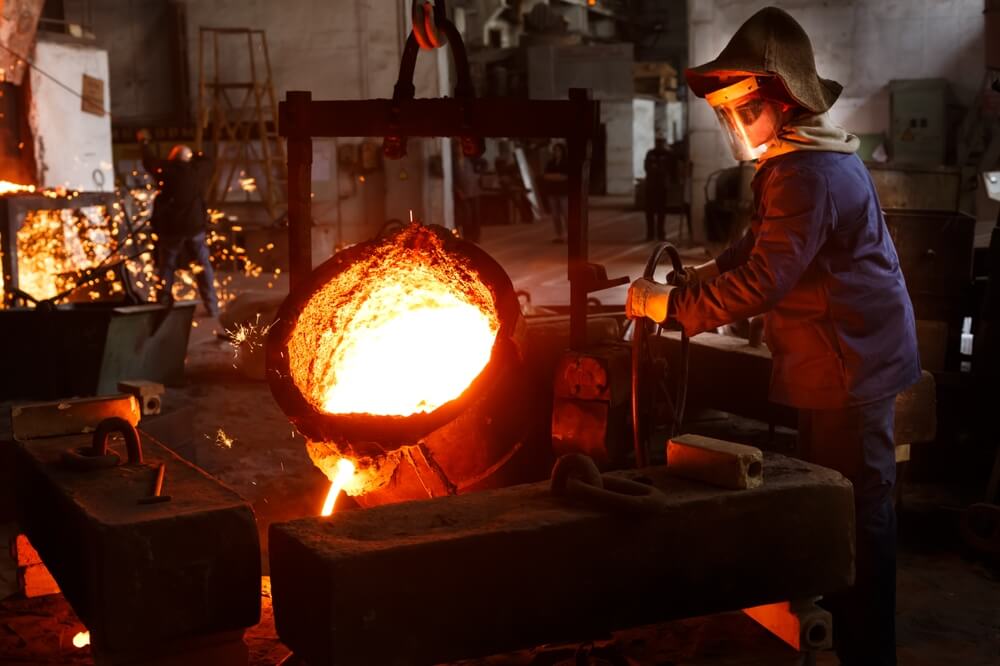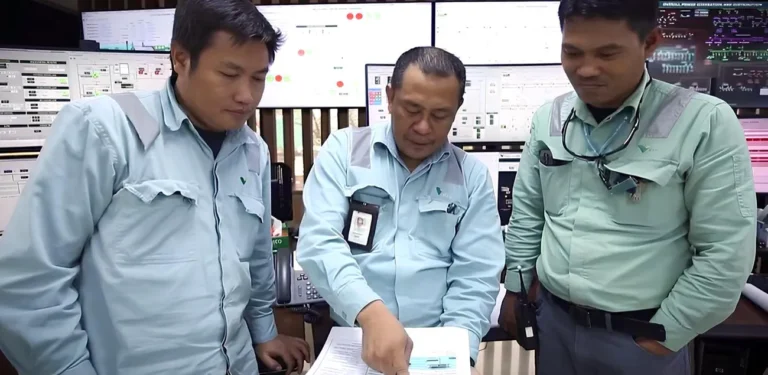
Beijing’s swift response to U.S. tariffs has created new challenges for Chinese copper smelters, which are already grappling with raw material shortages and declining profitability. The 34% retaliatory tariff on U.S. copper scrap imports, set to take effect in May 2025, is expected to halt shipments from the United States, a key supplier that accounted for nearly 20% of China’s copper scrap imports last year. This disruption adds pressure to an industry already struggling with tight feedstock supplies.
U.S. copper scrap exports to China totaled 440,000 tons in 2024 but are forecast to drop below 100,000 tons in the first four months of 2025 before becoming economically unviable under the new tariffs. Copper concentrate shipments from the U.S. are also expected to slump to between 50,000 and 70,000 tons this year, down from 460,000 tons in 2024. While these volumes represent less than 2% of China’s total concentrate imports, the loss of scrap feedstock is far more significant for Chinese smelters. Scrap accounted for about 30% of refined copper production in China last year, providing a critical workaround amid global ore shortages.
China’s smelting industry has been expanding processing capacity despite dwindling raw material supplies from global mines. This imbalance has led treatment and refining charges (TC/RCs) to collapse into negative territory—an unusual situation where smelters pay miners to process concentrate rather than earning fees. The reliance on scrap metal has helped offset these challenges, but Beijing’s tariffs now threaten this strategy.
The impact of the tariffs extends beyond China’s borders. U.S. exporters will need to find alternative buyers for their copper scrap, with Southeast Asia emerging as a potential destination for processing and re-exporting material back to China. Malaysia, for instance, has already increased its capacity to handle No. 2 copper and mixed shredded scrap for further refining. This shift highlights the interconnected nature of global copper supply chains and the ripple effects of trade policies.
Looking ahead, Chinese smelters may need to reassess their sourcing strategies and accelerate investments in recycling technologies or overseas scrap collection infrastructure. Some producers are exploring alternative feedstock sources and adopting advanced technologies like flash smelting to improve efficiency under challenging conditions.



